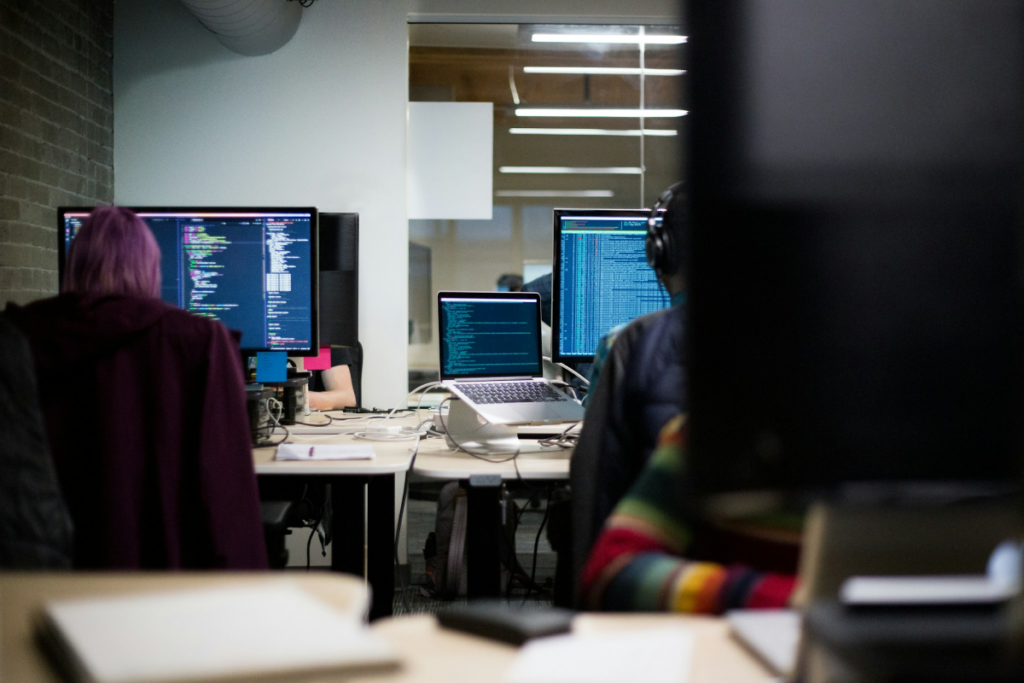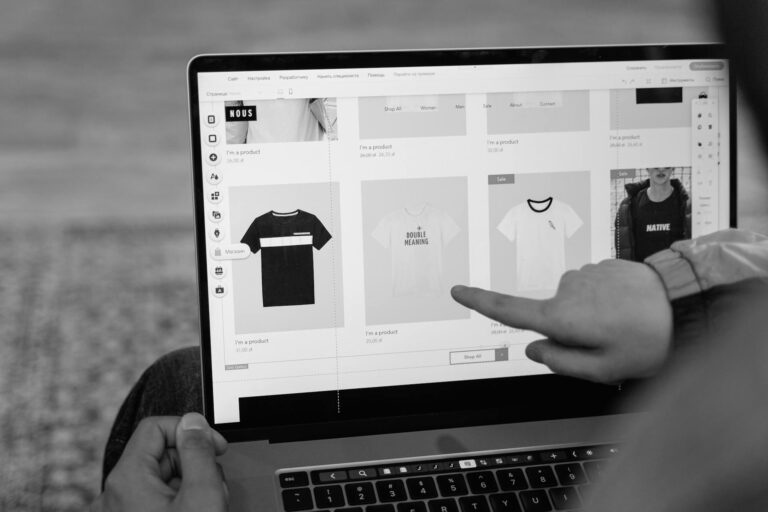
According to Harold Wu, Chief Procurement Officer (CPO) at asset management leader T. Rowe Price, “Autonomous sourcing has streamlined our procurement processes significantly, enhanced efficiency, and has set the stage for future AI advancements.”
What Wu is highlighting is the unique impact that autonomous sourcing is having on his role as CPO of a multi-billion enterprise organisation. He notes how new AI-driven capabilities are providing functionalities that traditional large ERPs and sourcing suites have never been able to offer.
As a result, the procurement industry is currently experiencing a significant increase in the adoption of AI-driven sourcing technology. This approach leverages both machine learning and Generative AI to enhance purchasing outcomes, benefiting everyone from seasoned procurement professionals to line-of-business stakeholders.
Augmenting, not automating out, human expertise
A recent independent assessment into the benefits of the technology conducted by analysts at global research and analysis firm HFS, lays out how, by automating and optimising procurement, these smart platforms enable enterprises to respond better to external changes, capitalise on emerging opportunities, and collaborate in a manner that embodies “the essence of a generative enterprise.”
HFS notes that the inefficiencies of the traditional RFx process have driven the search for improved solutions. This has led to a growing interest in technology that can streamline this essential corporate process, ensuring both quality and efficiency without extended timelines.
An important corollary: this isn’t about replacing or automating the CPO and their team out of the picture, but instead augmenting their contribution. Autonomous sourcing solutions like the ones mentioned in the HFS study are not entirely robotic. Instead, they enable stakeholders and procurement to run professional RFx much more efficiently while operating within the parameters set by procurement. This approach ensures that humans remain central to decision-making.
Such solutions also enable customers to conduct online sourcing events, search a marketplace for potential participants, and establish bidding requirements according to company standards. This involves creating questions and pricing matrices for vendors to respond to and synthesising, summarising, and evaluating vendor proposals based on company criteria. They can also set appropriate thresholds and business rules involving procurement, legal, risk, and other key stakeholders across the entire sourcing process.
The critical element is to set those category and dollar guardrails, says the study. But the key to enabling non-procurement experts to manage RFx lies in leveraging AI agents, supported by GenAI, in several essential ways.
First, the AI can generate detailed requirements through an interactive dialog with system users and by analysing internal and supplier-provided documents. Second, it can draft RFPs based on the established requirements, company guidelines, and category standards. Third, Gen AI can analyse unstructured supplier proposals to create evaluation matrices that can guide decision-makers. Fourth, it can write various contractual documents resulting from an RFx. Lastly, AI can ensure all sourcing events adhere to company rules and standards for specific purchases.
Improving a core corporate business workflow
This solution can greatly enhance the work of procurement by both helping category managers to minimise manual effort and thus run more sourcing events concurrently, while business stakeholders can manage more of their own purchases with less involvement from procurement.
According to the report findings, some organisations can now launch a tender to market in just 23 minutes on average, with more than 64% of projects created in under a day.
Additionally, leading autonomous sourcing platforms can automate numerous aspects of the procurement process, drastically reducing the time needed for sourcing and contracting. According to HFS, this shift allows procurement teams to move from transactional tasks to more strategic responsibilities
Integrating GenAI capabilities into the sourcing platform transforms how they can be used. For example, UCB, a European biopharmaceutical company profiled in the study, uses Globality’s AI-driven agent functionality to receive cost management, risk assessment, and market analysis recommendations. These AI-generated recommendations have proven more effective than experience-based suggestions from technologists and procurement specialists.
According to the HFS study, UCB’s new AI-powered functionality also provides market intelligence, learning and development, and platform navigation with the ability to create RFx scopes. It includes seven or eight unique GenAI features related to cost savings, e-auctions, and e-negotiations, and so acts as a category, process, and analytics advisor, and more.
A win-win across the procurement value chain
Autonomous sourcing utilises advanced AI-optimised matching systems to help companies find the best suppliers for their needs, resulting in a more competitive and diverse supplier base. After implementing AI-driven procurement, Fidelity Investments discovered that although it was able to drive supplier bids down, their relationship with those same providers actually improved because although suppliers’ profits per engagement may have decreased, they valued the platform’s ability to connect them with relevant RFPs they might not have discovered otherwise or that might not have been tendered in the first place.
Additionally, the suppliers can now quickly assess whether they will win or lose a bid without investing as much time or resources, making it more efficient and user-friendly for the providers as well as the buyers.
Further good news is that the HFS report highlights how AI-driven sourcing solutions can be quickly adopted into existing procurement technology stacks without extensive integration. And the report advises how procurement leaders can go about ensuring their organisations embrace this new approach by involving key stakeholders, especially those in the C-suite, in the decision-making process for selecting autonomous sourcing platforms and defining the value proposition.
In summary, AI-driven autonomous sourcing holds the promise of substantial ROI for procurement professionals. By leveraging data analytics and AI-driven insights, they can optimise and streamline their procurement strategies and processes, build more resilient supply chains, and support sustainability goals in the face of evolving market conditions.
As HFS concludes, AI-powered autonomous sourcing platforms can transform organisations into what it defines as the ‘Generative Enterprise’. In this model, advanced digital technologies automate procurement processes, reducing manual effort, and routing human expertise to value-driving, strategic decision-making rather than repetitive low-value tasks, enabling companies to gain vital competitive advantage.
A copy of the HFS study into organisational success with autonomous sourcing can be found here.

Keith Hausmann
Keith Hausmann is Chief Customer Officer at Globality, Inc. – the market leader in AI-driven autonomous sourcing.


